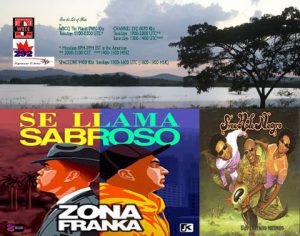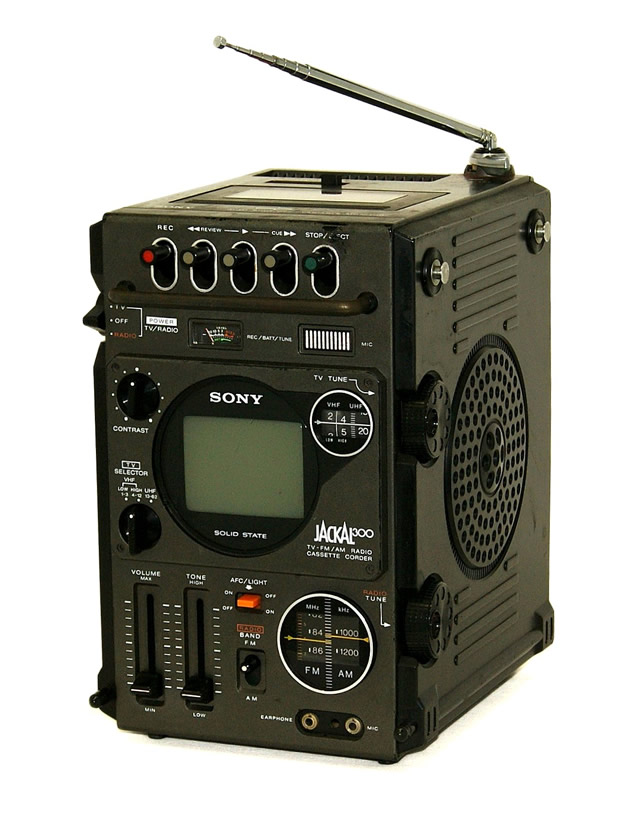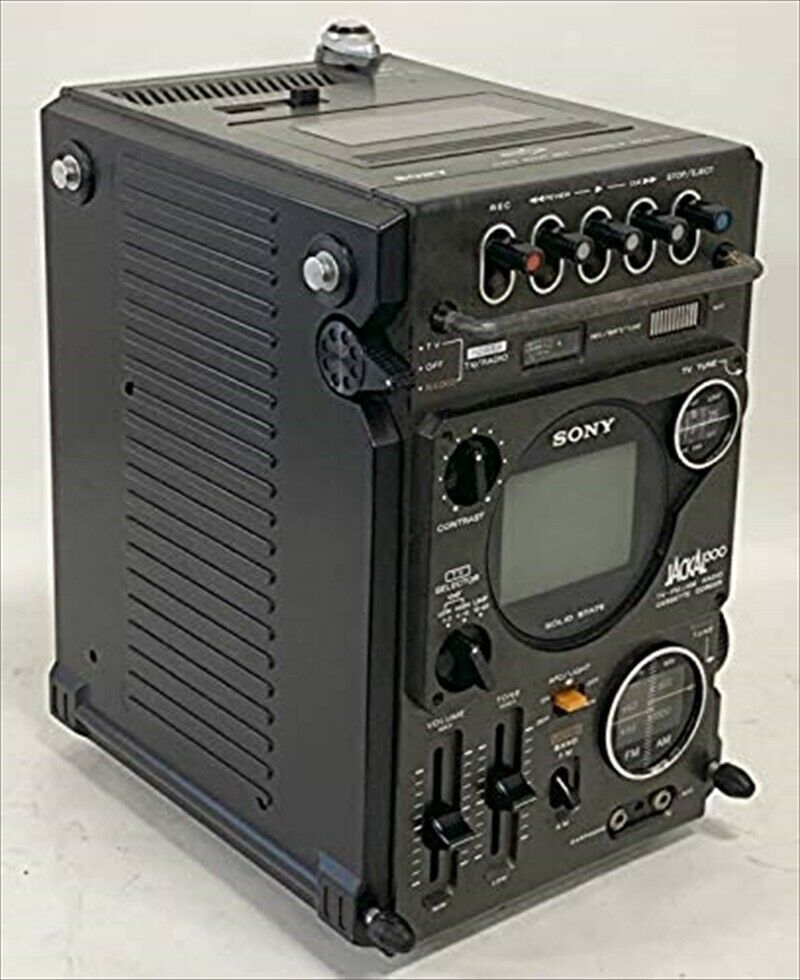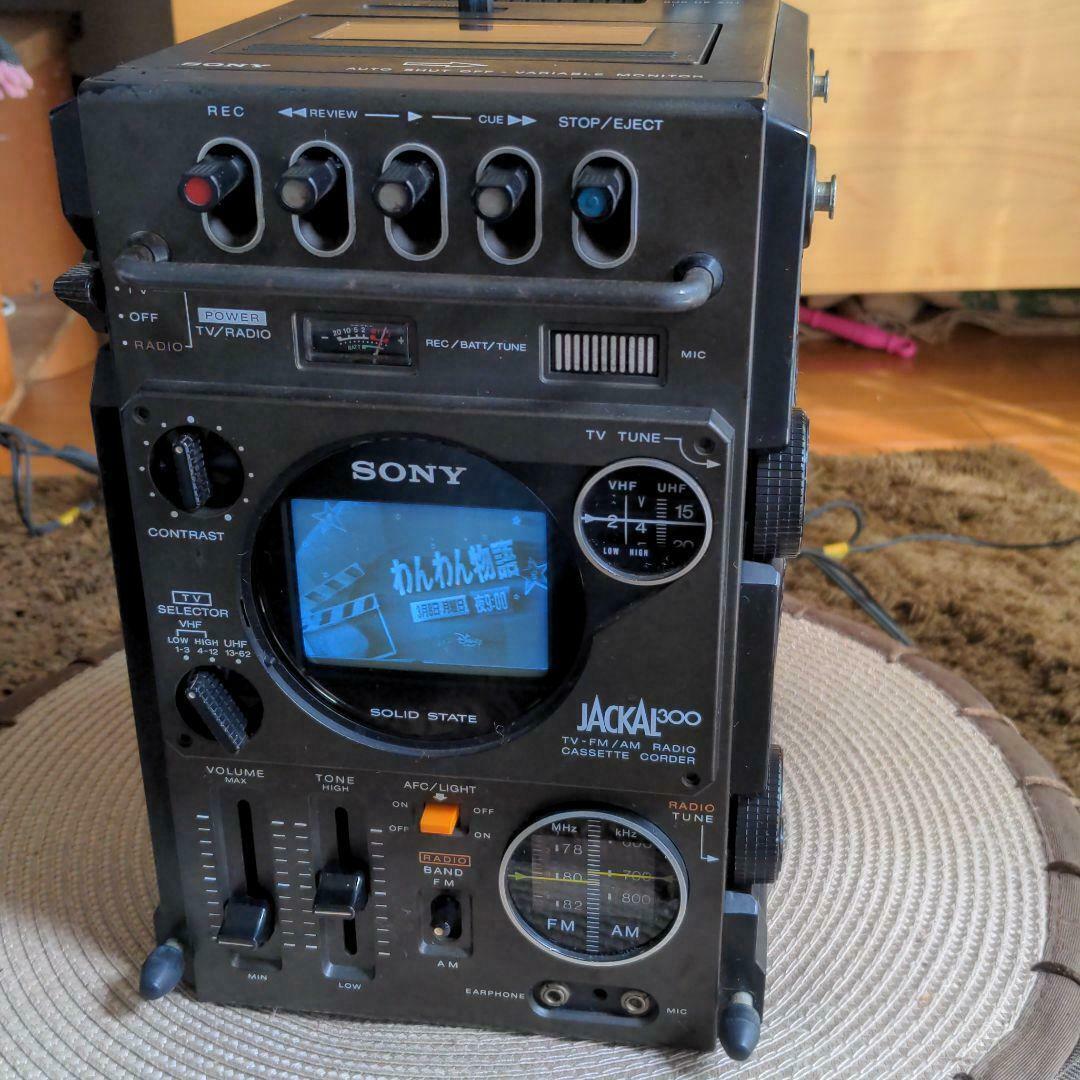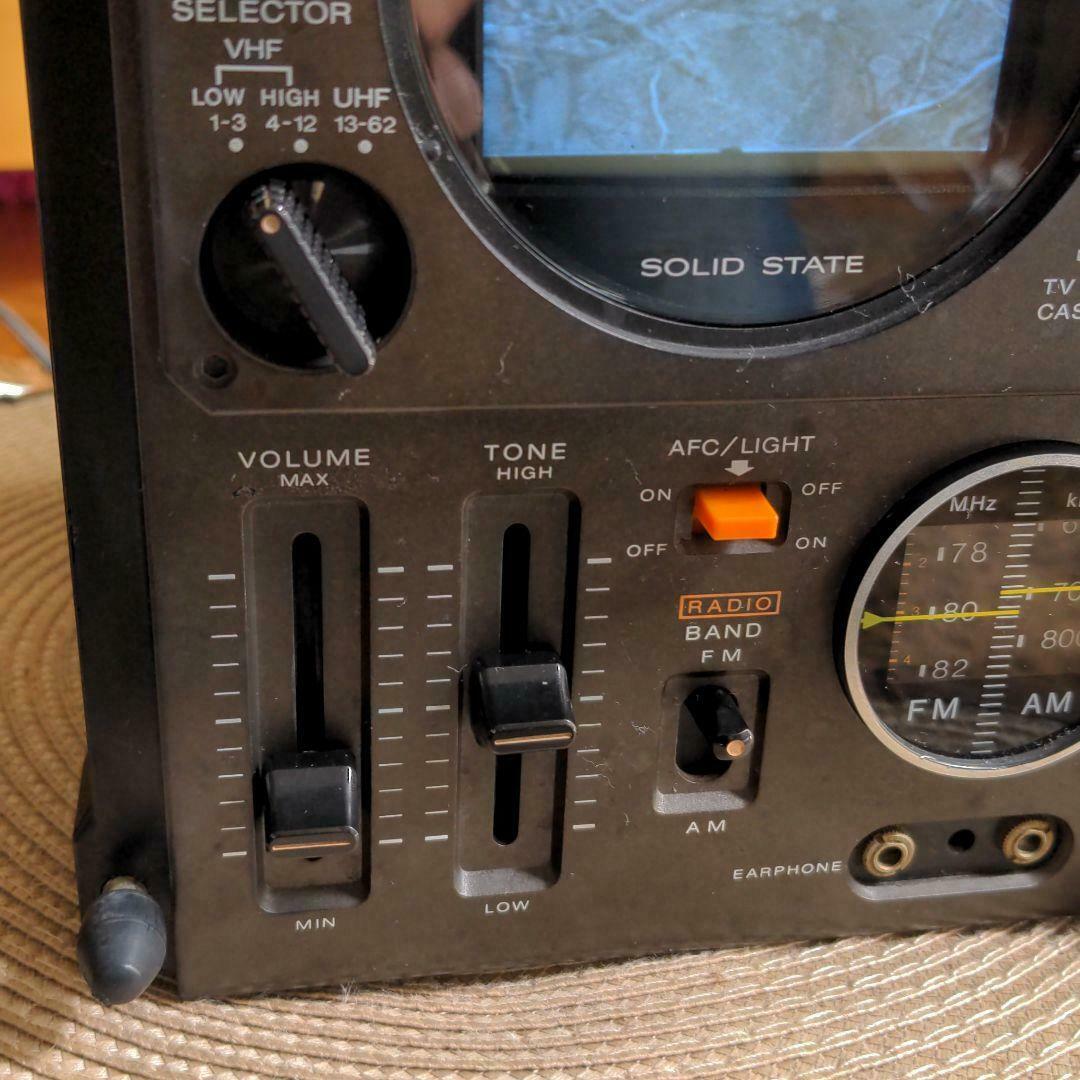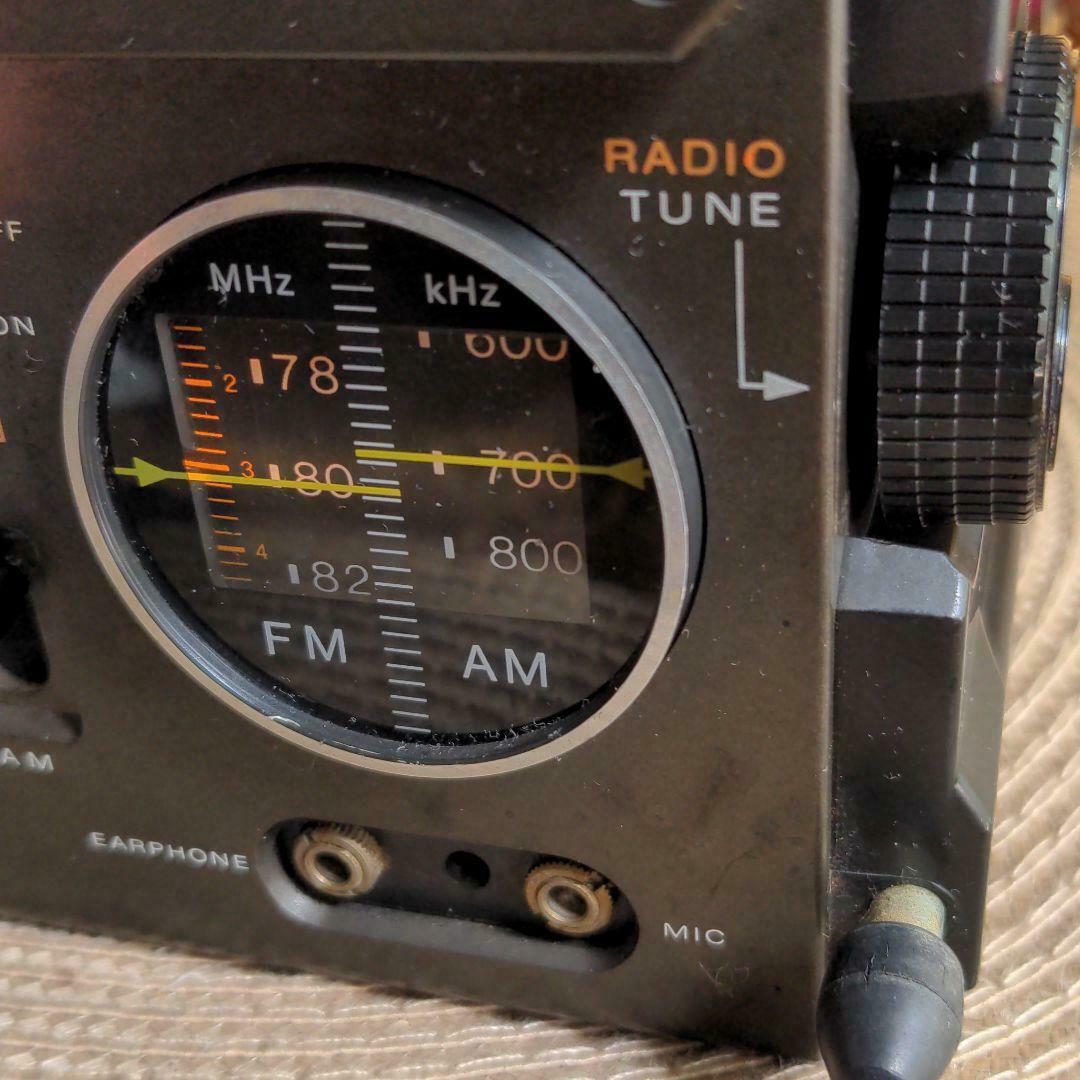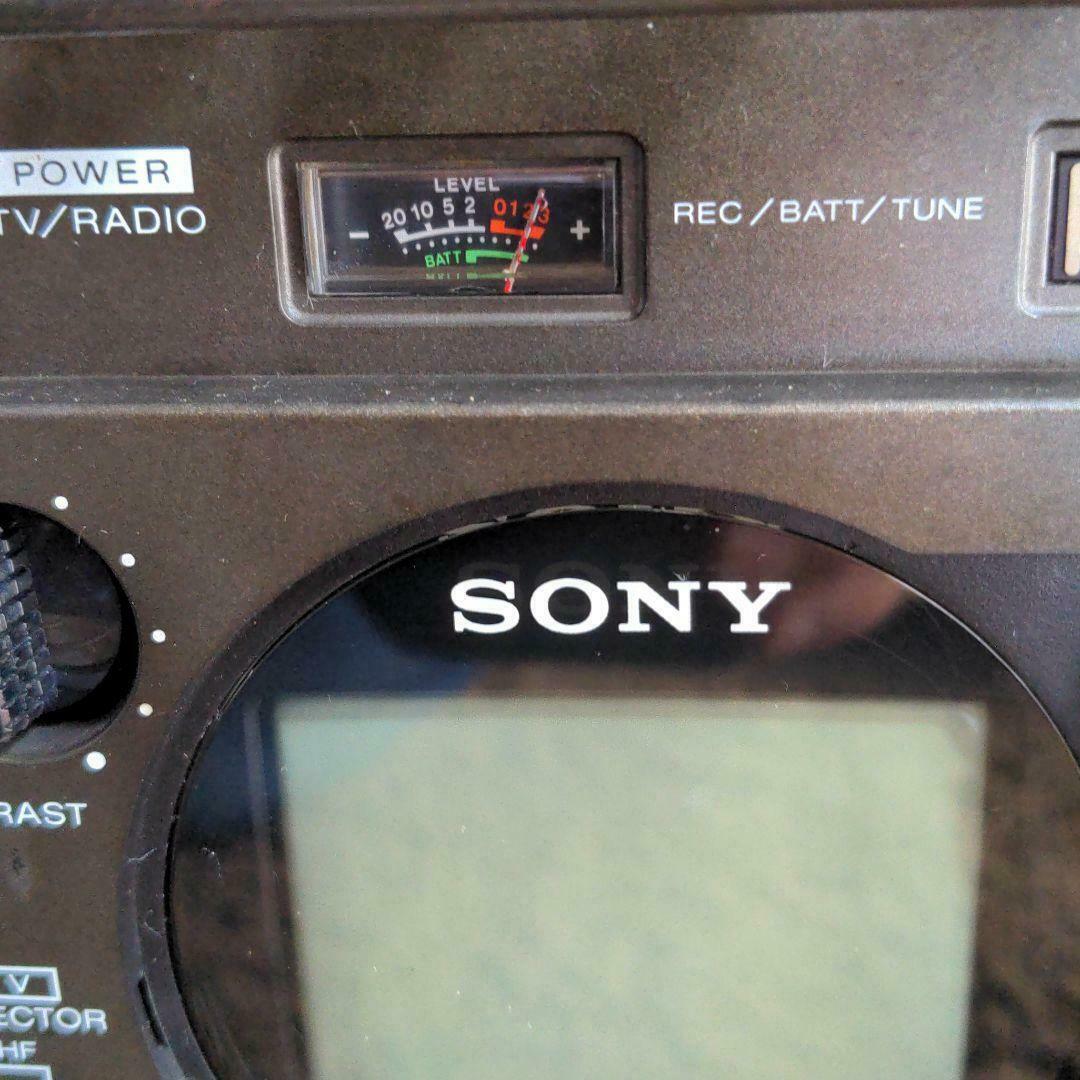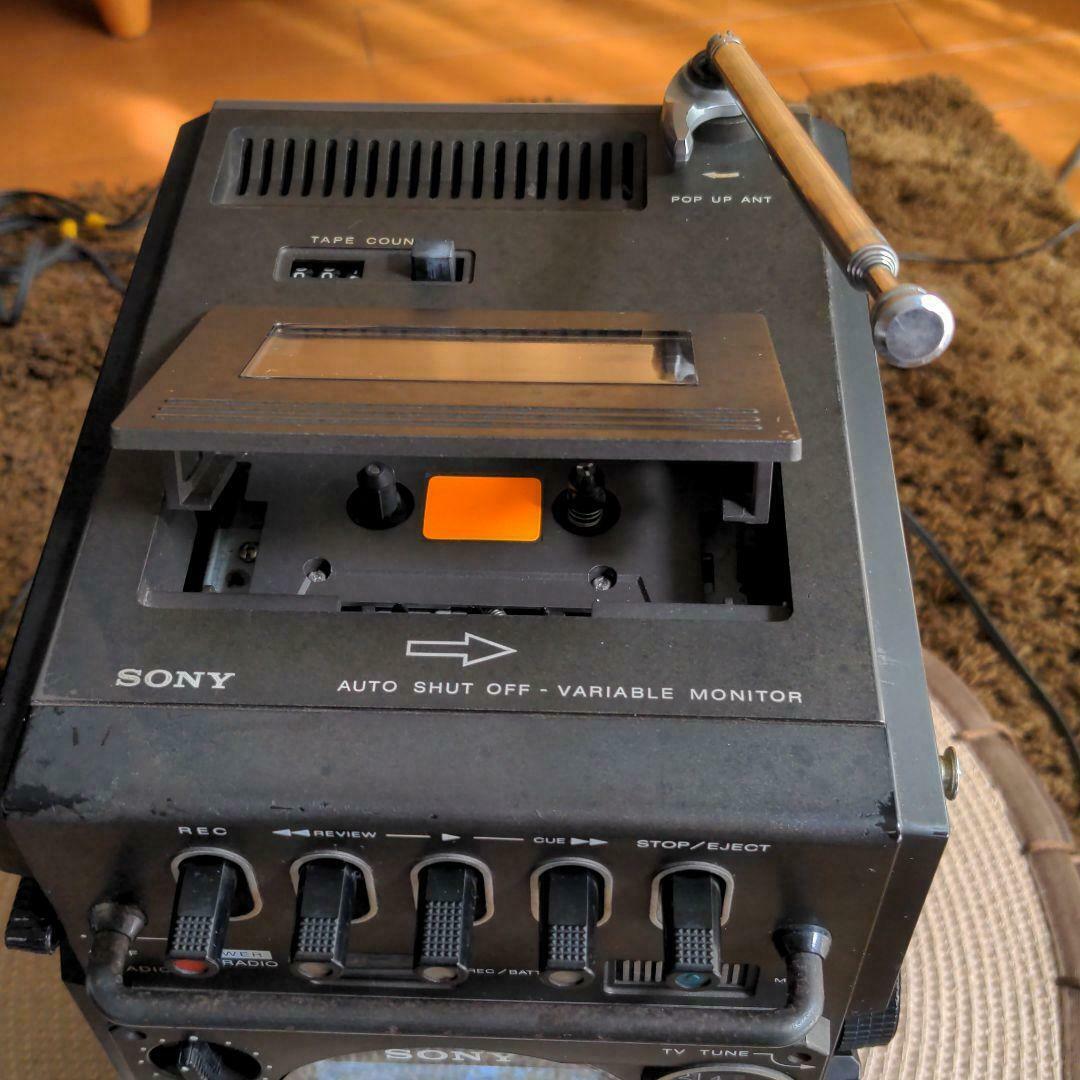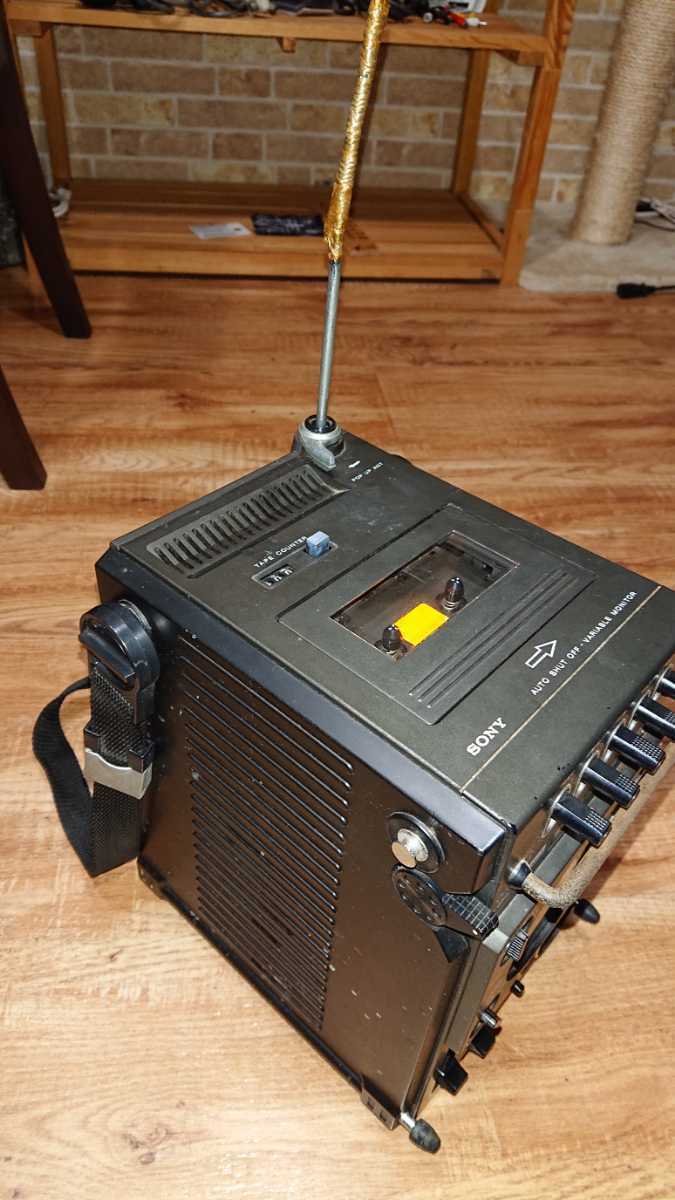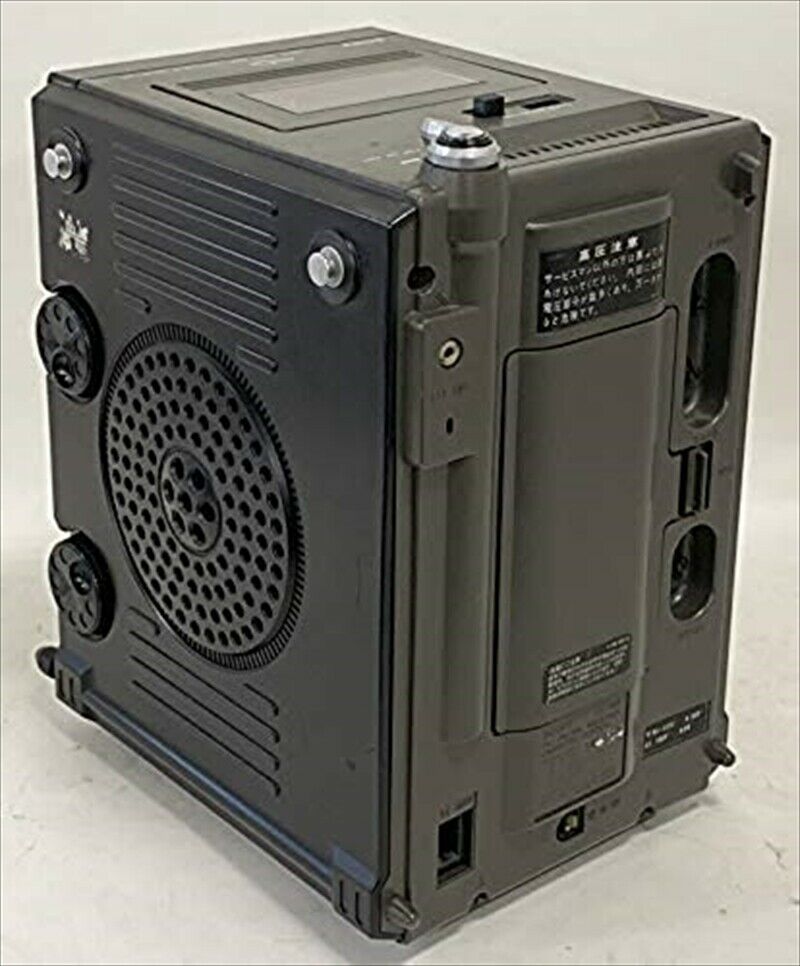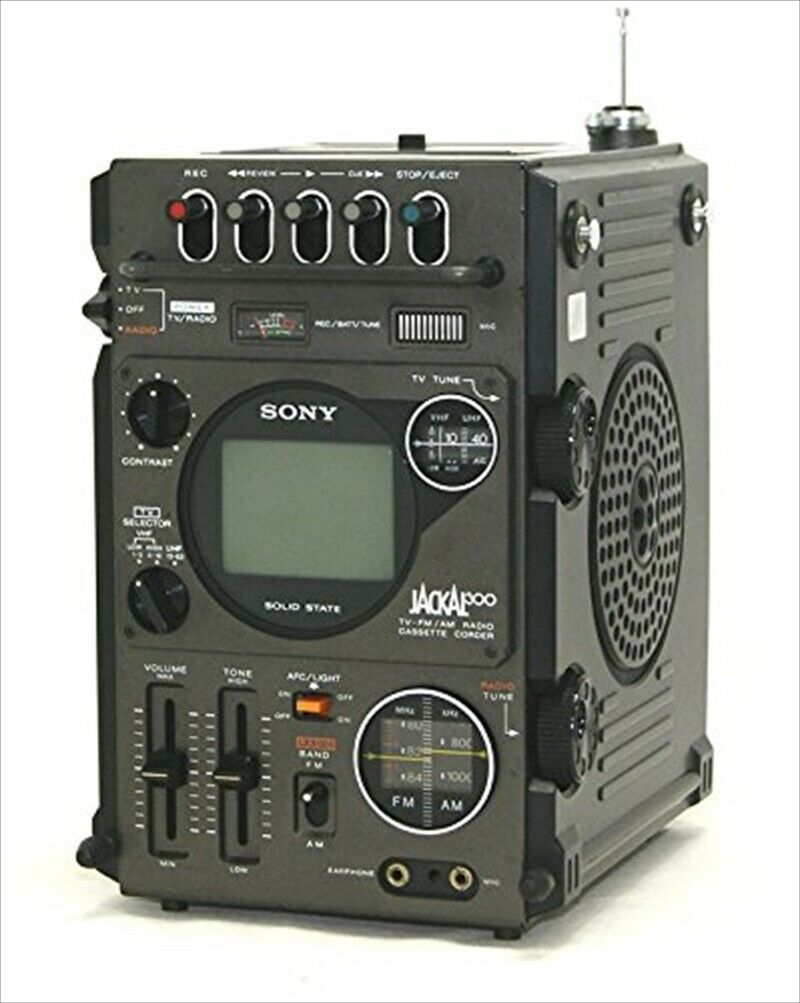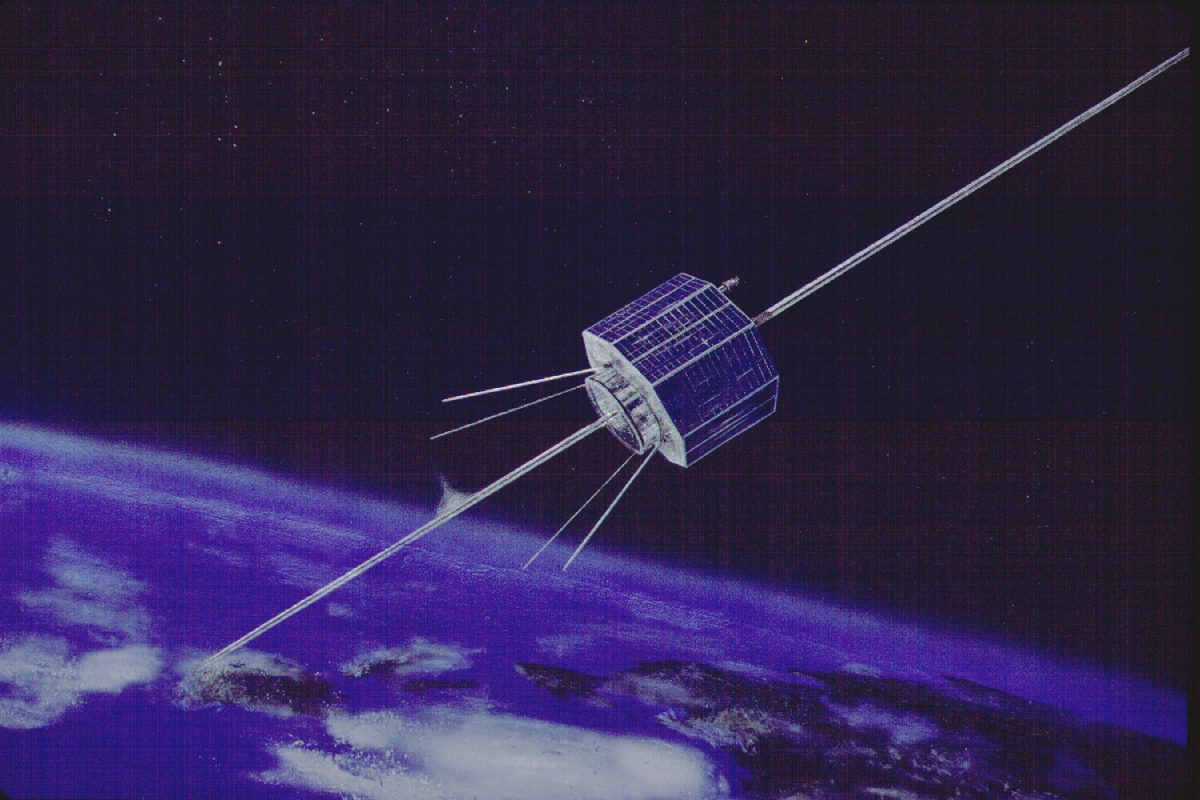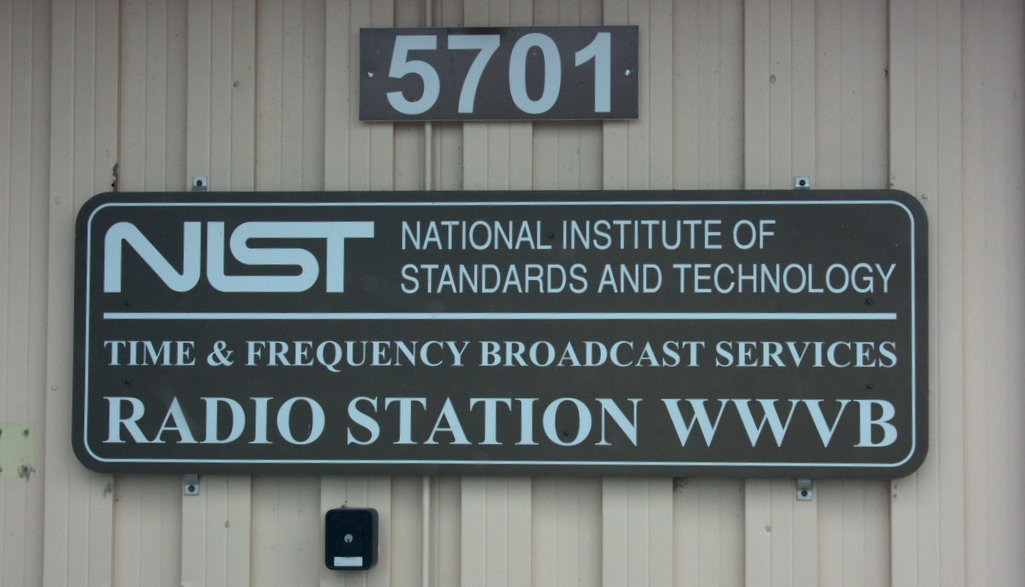
Radio Waves: Stories Making Waves in the World of Radio
Because I keep my ear to the waves, as well as receive many tips from others who do the same, I find myself privy to radio-related stories that might interest SWLing Post readers. To that end: Welcome to the SWLing Post’s Radio Waves, a collection of links to interesting stories making waves in the world of radio. Enjoy!
Many thanks to SWLing Post contributors Mike Terry, Dave Zantow, and John Figliozzi for the following tips:
It wasn’t Cincinnati’s first radio station, but WLW-AM is still the biggest.
Cincinnati industrialist Powel Crosley, Jr. began broadcasting WLW-AM over a 20-watt station from his College Hill home on March 2, 1922 – which means that the station is entering its 100th year today.
WLW-AM wasn’t Cincinnati’s first commercial radio station, but it is the oldest surviving station from the 1920s. WMH was operated by the Precision Instrument Co. from Dec. 30, 1921, to January 1923. WMH was sold to Crosley and merged into WLW, says Randy Michaels, the former WLW-AM programmer and Jacor/Clear Channel executive who is the best radio historian I know.
In 1934, WLW-AM became “the Nation’s station” when President Franklin D. Roosevelt flipped a switch in the White House to activate the station’s unprecedented 500,000-watt experimental transmitter under its Tylersville Road tower. WLW-AM broadcast at “super power” around the clock for five years, through 1939, and continued the mega-wattage output midnight-2 a.m. until 1943. For years WLW-AM has boasted that the 50,000-watt signal reaches 38 states. (I’ve heard the station in New Jersey, Maryland, North Carolina, Florida, Georgia, Illinois and Missouri.)
For 99 years, WLW-AM has broadcast some of the most popular personalities in town: Jim Scott, Gary Burbank, Bob Trumpy, Marty Brennaman and Joe Nuxhall, Cris Collinsworth, Jim LaBarbara, Bill Cunningham, Mike McConnell and Dale Sommers. Before them came Ruth Lyons, Bob Braun, Doris Day, Rosemary Clooney, newsman Peter Grant, sportscaster Red Barber and comedian Red Skelton.
Although WLW-AM likes to promote itself as “news radio,” it’s perhaps best known for carrying Reds and most Bengals games, plus University of Cincinnati football and basketball and Xavier basketball.[…]
The WWVB broadcast system is being upgraded with new equipment to improve the reliability of the signal. In order to install this equipment, beginning on March 9, 2021 the WWVB signal may be operated on a single antenna at approximately 30 kW radiated power for periods up to several days in duration, and may have occasional outages. Periods of reduced power operation lasting longer than 30 minutes will be logged on the WWVB Antenna Configuration and Power web page, and any outage longer than five minutes’ duration will be recorded on the WWVB Outage web page. Upgrades are expected to be complete by March 31, 2021.
Following a Freedom of Information request about the age of radio amateurs Ofcom said they do not hold Date-of-Birth information for many radio amateurs but released what information they do have
Ofcom say “We do not hold a full breakdown of the age of issued amateur radio licensees as date of birth is not a mandatory field for licence applications.”
In September 2000 the then communications regulator (RA) abolished the ban on people under 14-years-old holding a Full amateur licence, since that time a person’s date of birth has served little regulatory purpose.
The data Ofcom released showed they only had Date-of-Birth information for:
7,312 out of 28,845 Foundation licences
4,104 out of 12,127 Intermediate licences
44,944 out of 54,072 Full licences
As of March 1, 2021 there was a total of 95,044 valid UK amateur radio licences.
Download the FoI reply and the available age data at
https://ofcom.org.uk/__data/assets/pdf_file/0022/214915/age-of-amateur-radio-licensees.pdf
You can submit a Freedom of Information request to Ofcom online at
https://www.whatdotheyknow.com/new/ofcom
Unlocking the Airwaves: Revitalizing an Early Public and Educational Radio Collection is a comprehensive online collection of early educational public radio content from the National Association of Educational Broadcasters (NAEB). The forerunner of CPB and its arms, NPR and PBS, the NAEB developed and distributed educational radio programs and accompanying print materials to schools and communities across the United States. What’s more, the NAEB lobbied extensively to unlock the airwaves—to access precious frequency space—in order to bring the voices of poet Robert Frost, architect Frank Lloyd Wright, anthropologist Margaret Mead, and conservationist “Ranger Mac,” among many other individuals, into American homes and classrooms.
The NAEB’s history is the dramatic story of idealists who believed in the utopian possibilities of technology for education and social uplift and who faced considerable challenges in pursuit of those goals, including economic depression, world war, and the scarcity of the electromagnetic spectrum. It’s a story that has much to tell us about 20th century American culture, as well as the 21st century’s environment of online educational technology and podcasting that we live in today.
Despite its historic importance and contemporary relevance, most of the NAEB members’ programs were never heard again after their initial brief moments on the air. The archives for the radio programs and their related paper documentation have been split for over 25 years between two institutions: the University of Maryland and the Wisconsin Historical Society. Unlocking the Airwaves reunites the split collections, finally realizing the potential of the collections of the NAEB for exploration and and the broader public.
Click here to explore Unlocking the Airwaves.
Do you enjoy the SWLing Post?
Please consider supporting us via Patreon or our Coffee Fund!
Your support makes articles like this one possible. Thank you!

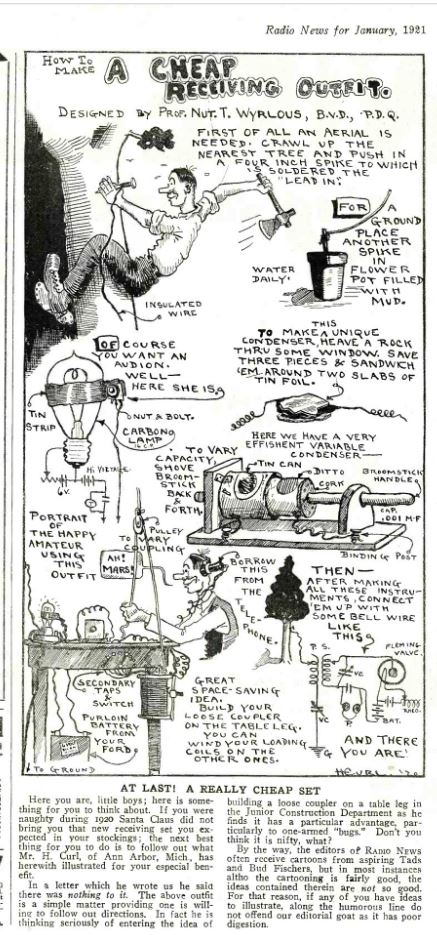 This is great! I’ve often thought a proper ground needed daily watering. And we know it must work: Mars is some serious DX! Professor Nutty T. Wyrlus was way ahead of his time.
This is great! I’ve often thought a proper ground needed daily watering. And we know it must work: Mars is some serious DX! Professor Nutty T. Wyrlus was way ahead of his time.
